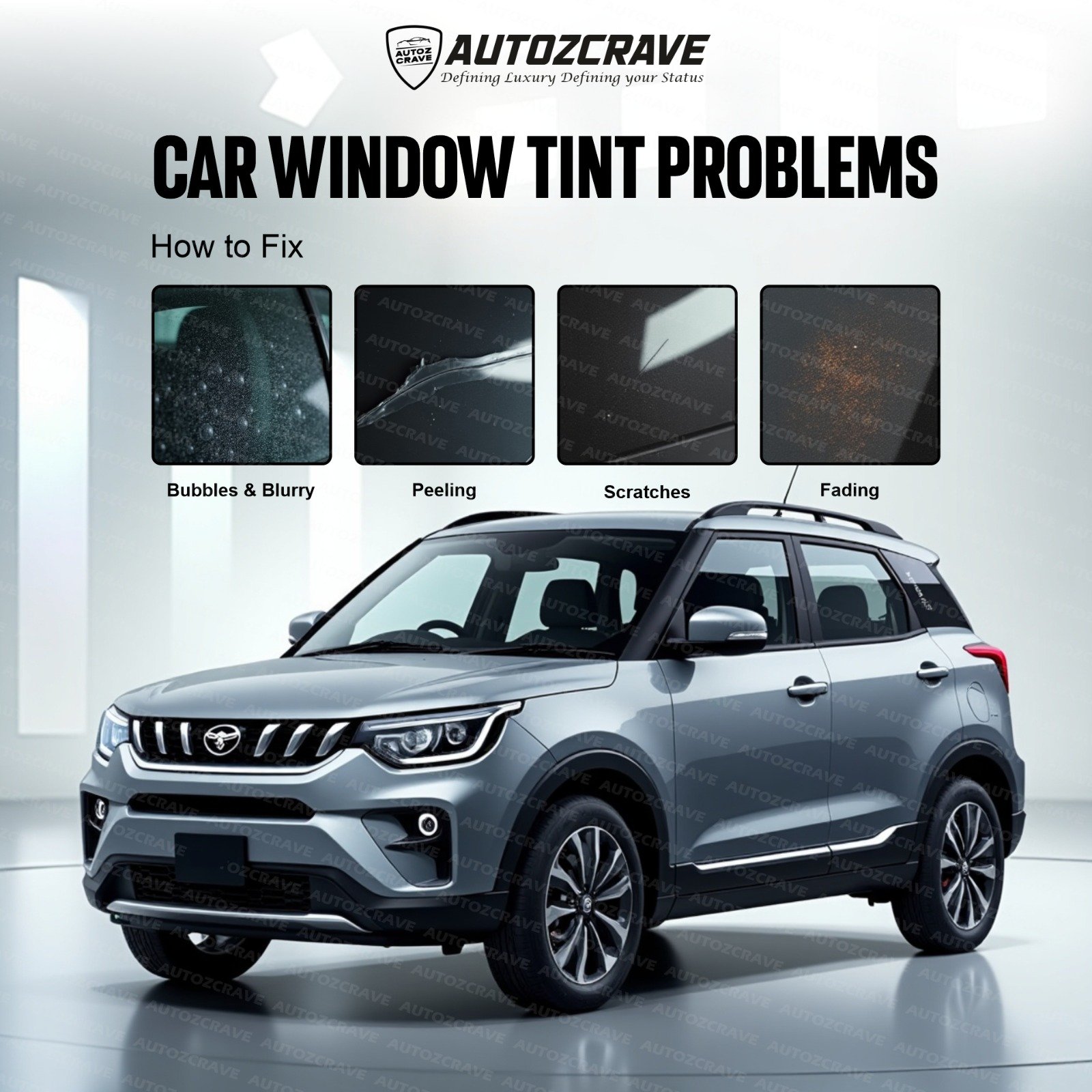Home Blog Details


Home Blog Details


Post By Autozcrave || 2025-06-13
Car window tints don’t just enhance your car’s look they also block harmful UV rays, reduce heat, and give you added privacy. But like any part of your vehicle, they can face wear and tear over time. If you’re dealing with car window tint problems like bubbles, peeling, fading, scratches, or blurry windows, don’t worry you’re not alone, and most of these issues can be fixed easily.
In this guide, we’ll explain the most common car window tint issues, what causes them, and how to fix them whether you're doing it yourself or visiting a professional.

Problem:
You may notice small or large air bubbles forming under your tint film. These window tint bubbles can appear days or even months after installation.
Causes:
Fix:
If your tint is newly installed, wait a few days. Sometimes bubbles settle as the adhesive cures. But if the bubbles remain:
Pro Tip:
Always clean the glass thoroughly before applying a tint to avoid debris caused bubbles.
Problem:
Edges of the film start curling or detaching from the glass. Peeling window tint not only looks bad it reduces visibility too.
Causes:
Fix:
DIY Tip:
Don’t pull on a peeling tint it could tear and leave adhesive residue. Soften it first using a heat gun, then peel carefully.
Problem:
Tint looks purple, gray, or simply lighter than before. This is one of the most common long-term car window tint issues.
Causes:
Fix:
Unfortunately, window tint fading solutions are limited once faded, the only real fix is to replace the film.
Prevention:
Choose high-quality tint films that come with UV-blocking layers (like carbon or ceramic-based tints). These last longer and resist fading.
Problem:
Visible lines or marks on the film. Scratched tint on car windows can be caused by rings, watches, seat belts, or even improper cleaning.
Causes:
Fix:
Pro Tip:
Use ammonia free cleaners and a microfiber cloth for daily cleaning to prevent scratches.
Problem:
Your tint looks hazy or foggy, especially in humid or rainy conditions. A blurry window tint can impact visibility and safety.
Causes:
Fix:
FAQ:
Why is my window tint blurry even after weeks?
It could be a sign of bad quality tint or installation errors. Seek a professional window tint repair to inspect it.
Knowing when you have a bad window tint is important. Here are a few warning signs:
If you notice any of these signs, contact your installer or opt for a car tint repair guide or DIY window tint fix, depending on your comfort level.
DIY Window Tint Fix:
Perfect for small bubbles or minor edge peels. You’ll need a heat gun, plastic squeegee, and a lot of patience.
Professional Repair:
Best for fading, scratches, blurriness, or full replacement. Professionals use the right tools and materials, ensuring a long lasting finish.
Window tint issues are frustrating but totally fixable. Whether it’s peeling, bubbles, scratches, or blurry windows, knowing how to fix window tint problems can save you money and improve your car’s comfort and appearance.